Japan’s ruling coalition suffered significant losses in its upper house, and that may not bode well for or JGBs. Both the yen and JGBs were under pressure leading up to this weekend’s vote.
Rates on , , and JGBs surged notably this past week, and the election results will provide the market with additional motivation to push yields even higher. The 10-year JGB briefly touched 1.6% last week, surpassing its previous peak from March.
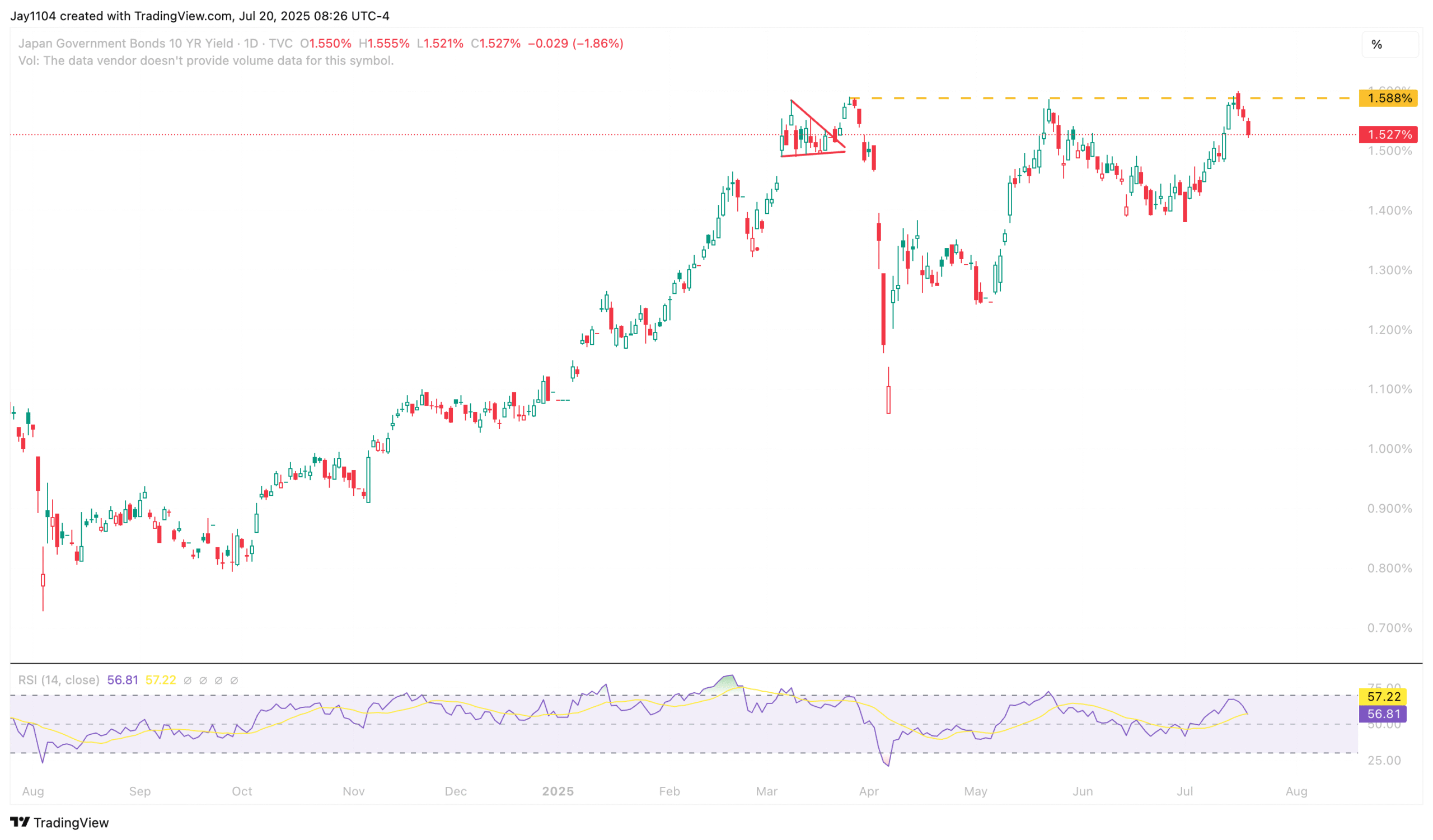
You can add rising rates in Japan to the growing list of reasons why long-end in the US are likely to move higher. If Japanese yields rise further following the election results, either US Treasury rates will increase in tandem, or the spread between Treasuries and JGBs will narrow, bringing the yen carry trade back into the spotlight. Currently, the spread between the and the JGB is around 2.9%, just above the critical support level near 2.85%, which has played a key role over the past few years.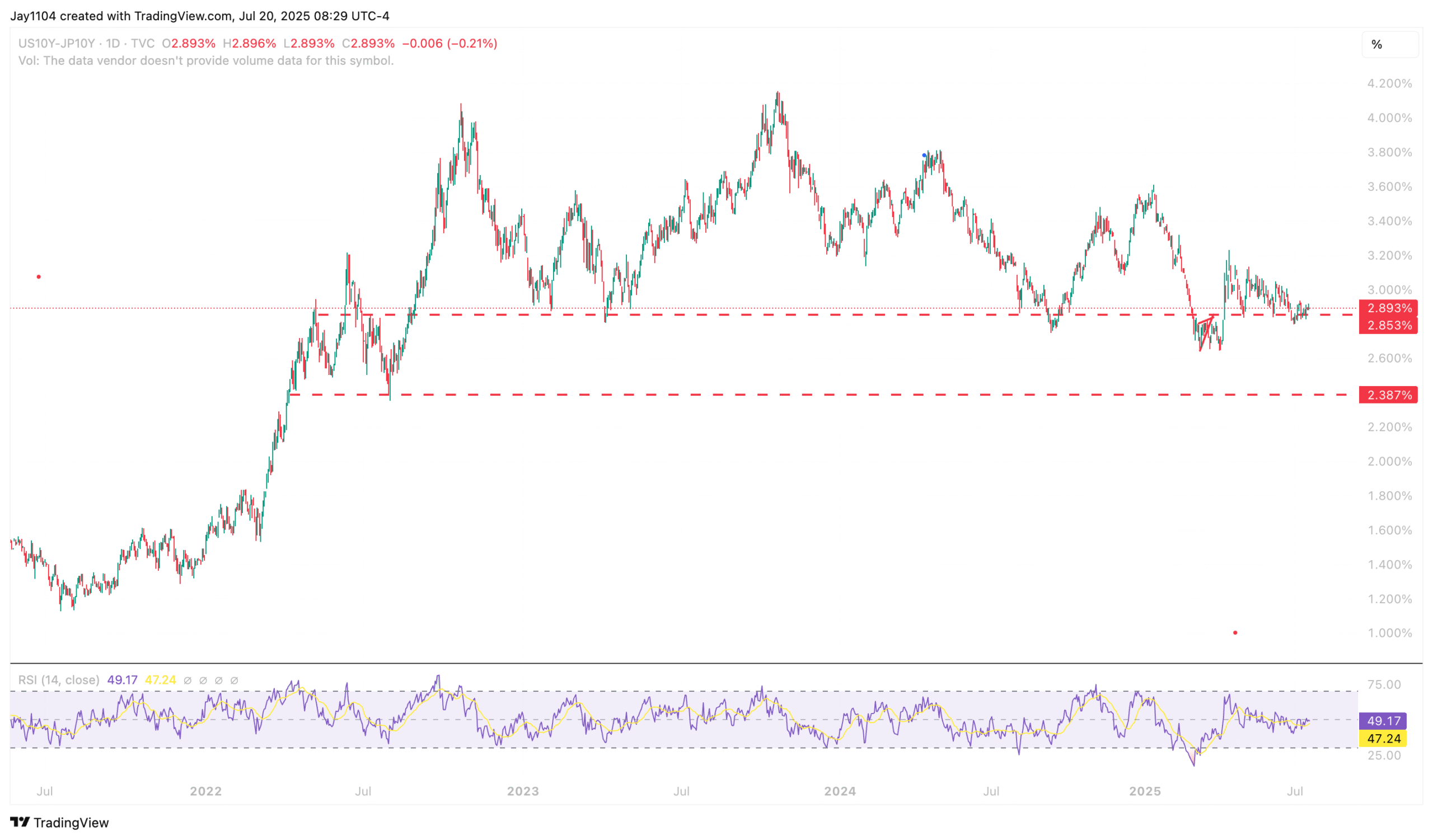
The USD/JPY has recently diverged somewhat from the 10-year yield spread, likely reflecting market anxiety about Japan’s deteriorating fiscal situation. This concern has intensified amid rising rates, elevated inflation, new tariffs, and now election results that could trigger increased government spending.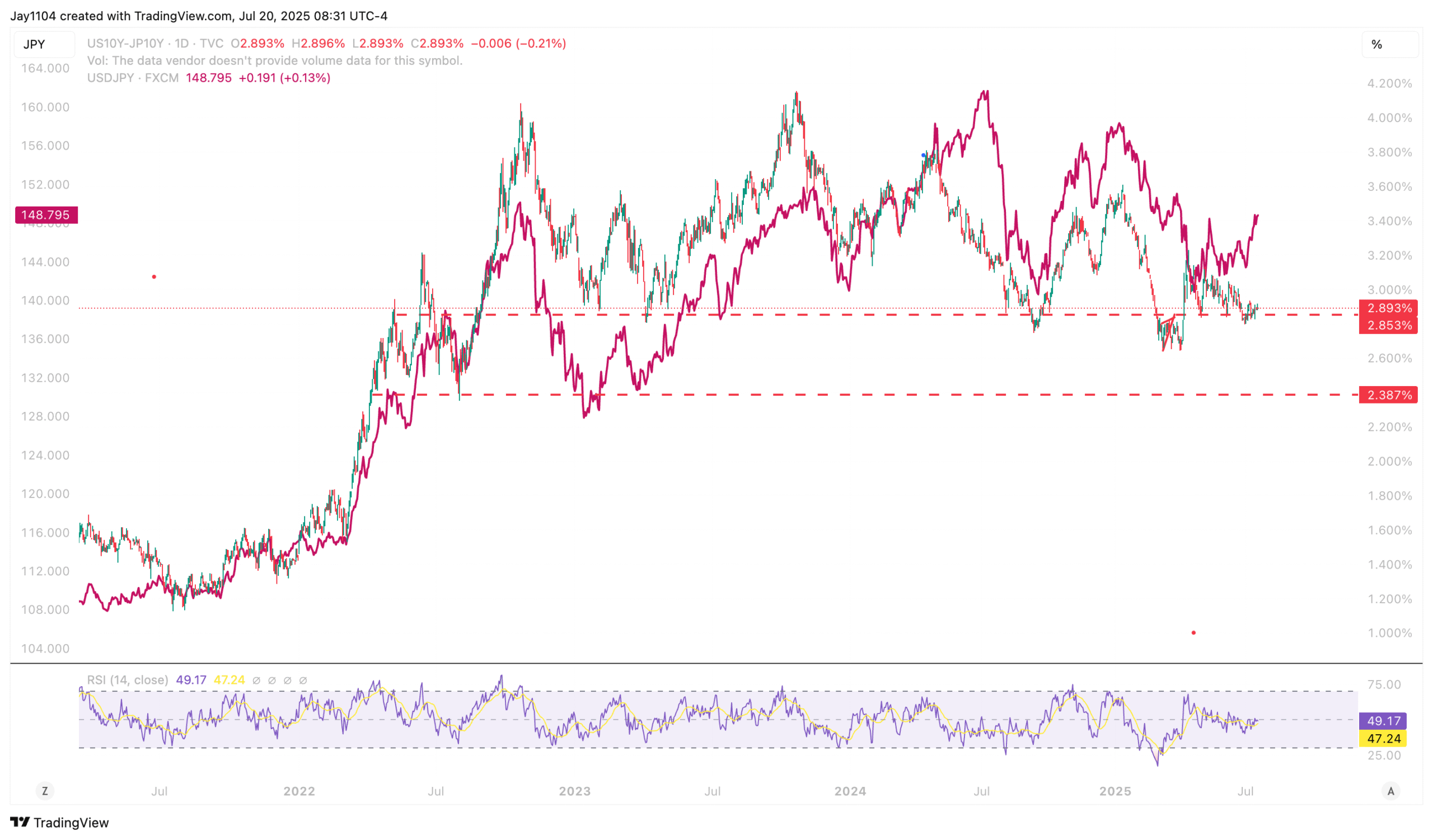
This dynamic will add further pressure to the long end of the US yield curve, especially following last week’s breakout of 5-year swaps from a two-year trading range. If this trend continues, it will become increasingly difficult for US rates not to rise, as the market would clearly be signaling expectations for higher inflation ahead.
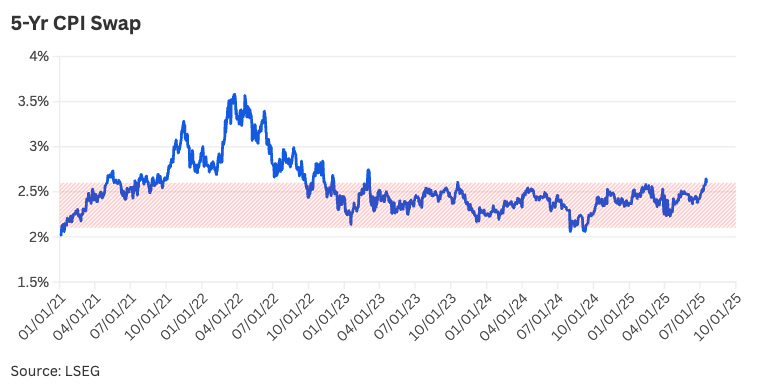
This scenario is likely to steepen the yield curve further, as indicated by the , which has been consolidating for months and now appears to have formed a bull flag pattern. Considering the current market backdrop, the most probable outcome is a yield curve steepening driven by rising 10-year rates pulling away from the .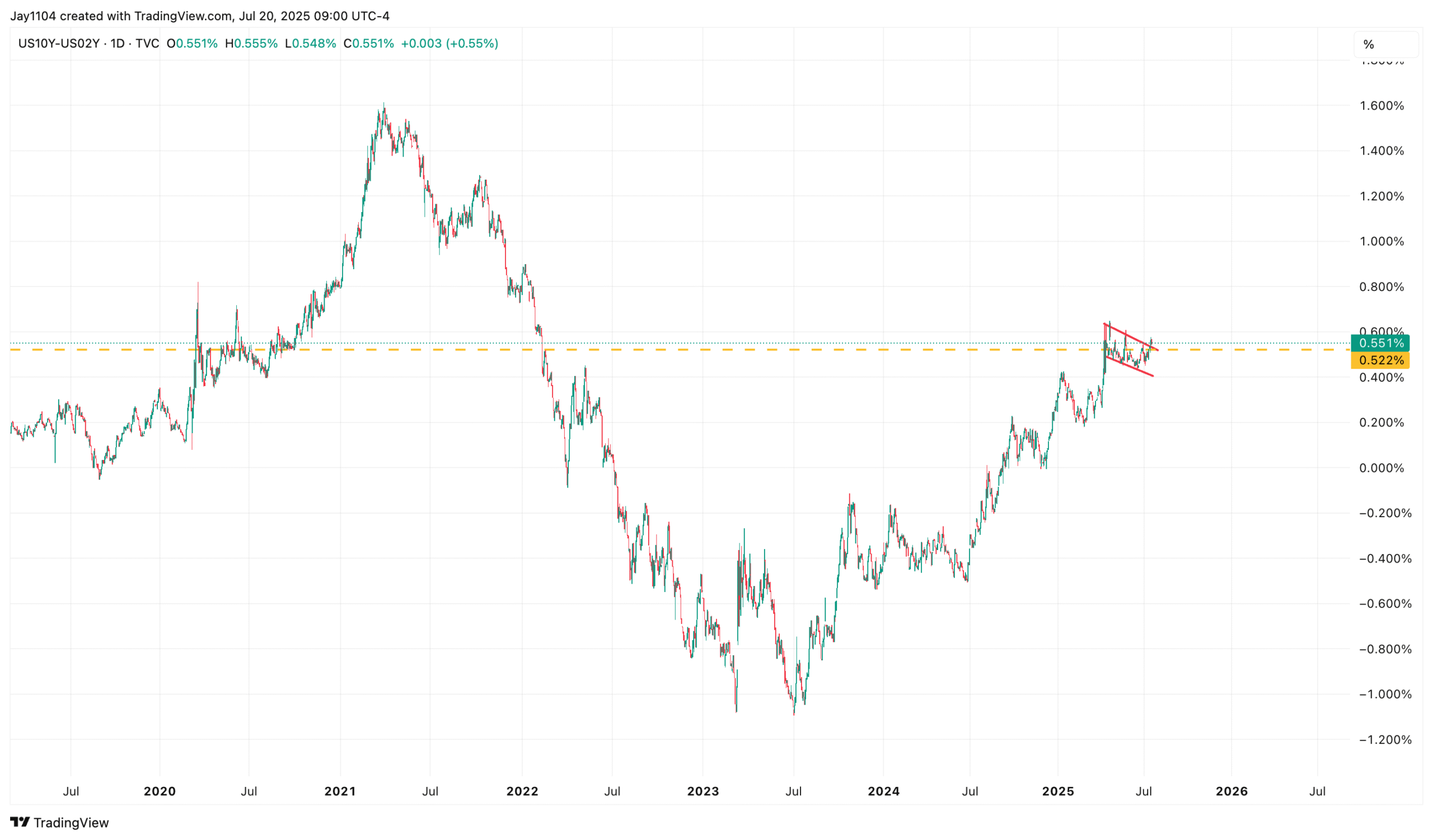
So, while Japan’s election results may seem distant and unrelated to US markets, we must remember that global financial systems are deeply interconnected—what happens in Japan’s bond markets can have a significant impact on US markets.
